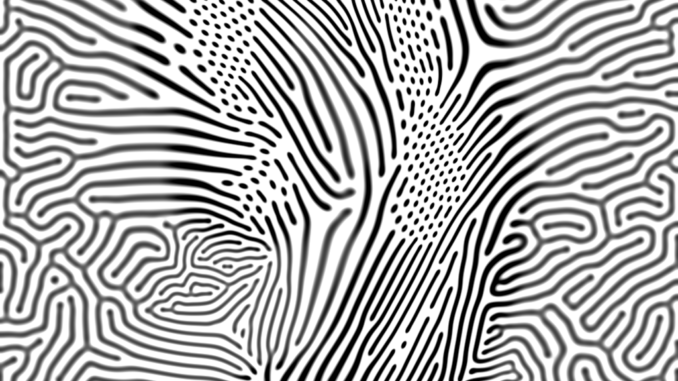
Reaction-Diffusion is quite a complicated process; if you want to read the mathematical logic, you can visit the RD master Karl Sims’ website:
Let’s start with a simple analogy:
Reaction-diffusion systems are a way to describe how things change and move around, especially when you’re talking about chemicals. Imagine you have a couple of different paints on a piece of paper, and they start to mix and create new colors — that’s like the “reaction” part. The paint blots don’t just stay in one spot; they spread out and blend — that spreading is like the “diffusion” part.
So, these systems are just a set of rules that tell us how these processes happen: how the chemicals react with each other to make new stuff and how they move around or spread out.
This can describe a lot of different things in nature, such as how patterns form on animal skins, how pollution spreads in the environment, and lots of other situations where stuff is reacting and moving at the same time!

Be the first to comment